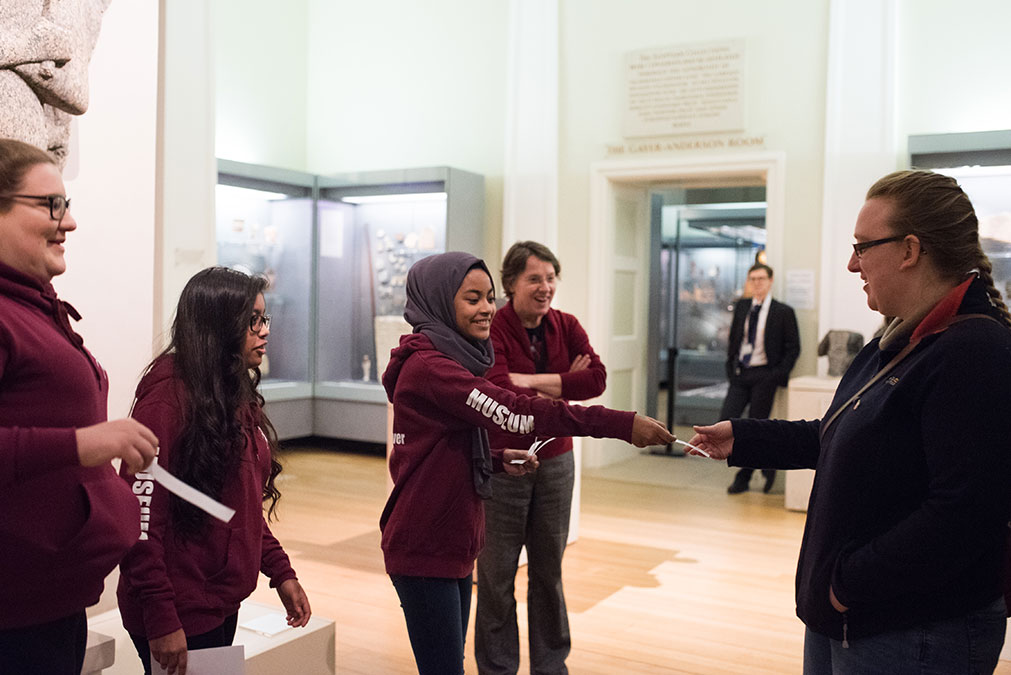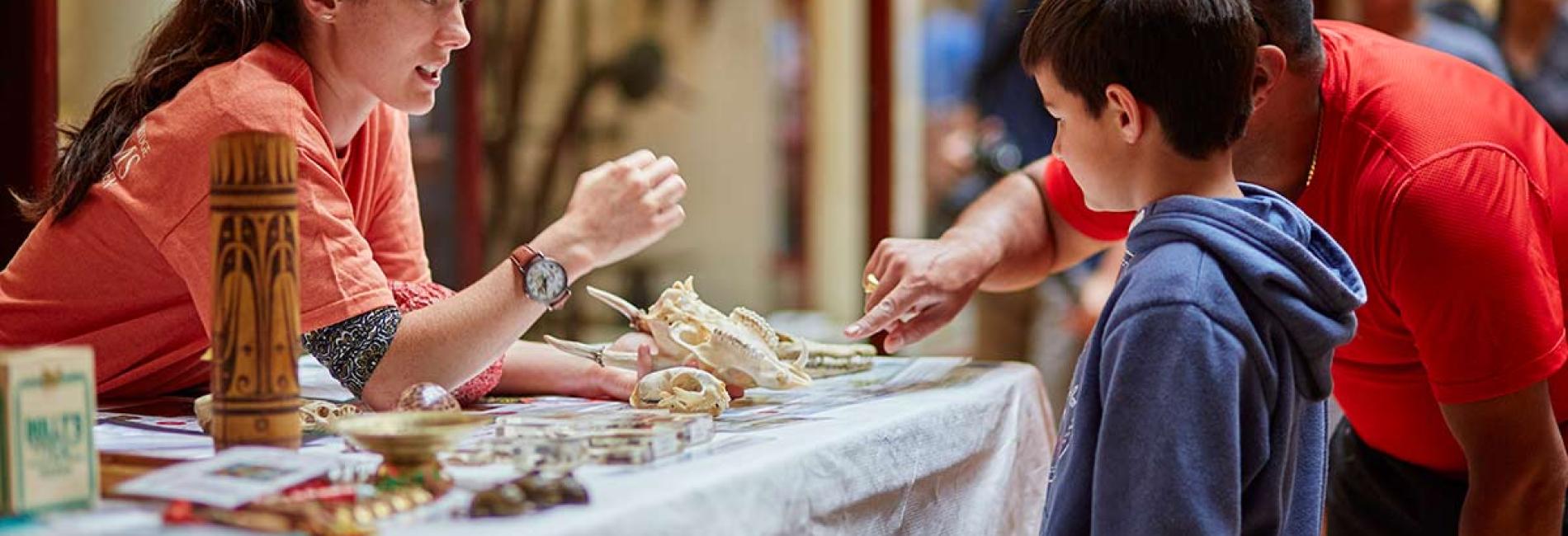The University of Cambridge's museums and collections are for everyone.
Together, the eight University of Cambridge Museums and Botanic Garden represent the UK’s highest concentration of internationally important collections outside London. With more than five million works of art, artefacts, and specimens, the collections have supported nearly 300 years of investigation into the world around us.
Today, they bring together people from across the world to explore the big questions: from the earliest forms of life to the future of our planet. We work to deepen understanding of our world, inspire new thinking, and address local and global challenges.
What we do
A lot happens behind the scenes. Like most museums and collections, our work centres on three areas:
- We care for the collections and seek to understand them better
- We share them with you and with the wider world online, and through exhibitions, events and activities
- We use them to inspire and make a difference to our communities.
As University museums, we also have a distinctive mission to:
- Research the collections to help us answer big questions and respond to global challenges such as climate change
- Teach the next generation and work to widen access to the opportunities that higher education and cultural engagement can offer.
We work closely with the University’s other collections, as well as local and national partners. We are proud to be members of the national University Museums Group and Cambridge Arts and Cultural Leaders.
About the collections
The history of the University of Cambridge Museums stretches back to 1728, and the founding of what would become the Sedgwick Museum of Earth Sciences.
Our collections can be read as a history book, documenting Cambridge's role in the development of Western knowledge. Alongside our objects, many of the museums hold field notes, books and other documents which reveal how Cambridge scholars set out to understand the world around them. The most famous of these might be Charles Darwin, and the Museum of Zoology holds some of the specimens collected on his voyage with HMS Beagle.
Other museums represent different ways of seeing the world, through the eyes of artists or craftspeople, and have their origins in private collections. Richard, Viscount Fitzwilliam's gift of art, antiquities and manuscripts to the University in 1816 sits at the heart of the Fitzwilliam Museum. Kettle's Yard, the home in the mid-20th century of Jim and Helen Ede, displays Jim's remarkable collection of modern art in the setting of their house.
Collections for everyone
We are committed to ensuring that all our work, and the way we do it, is as inclusive as possible. From our approach to researching the collections and sharing what we find to collaborating with communities and the development of our workforce, we are committed to positive institutional change. You can find out more about our inclusivity work and our approach to the return of objects on this website.
Find out more
Read Collections in Action for an overview of our most recent work, and receive updates from across the consortium on our Blog.
Since 2012, we’ve undertaken projects of all shapes and sizes, in collaboration with a huge variety of organisations. Find out more on our past projects page and in our Annual Review for 2023-24.



